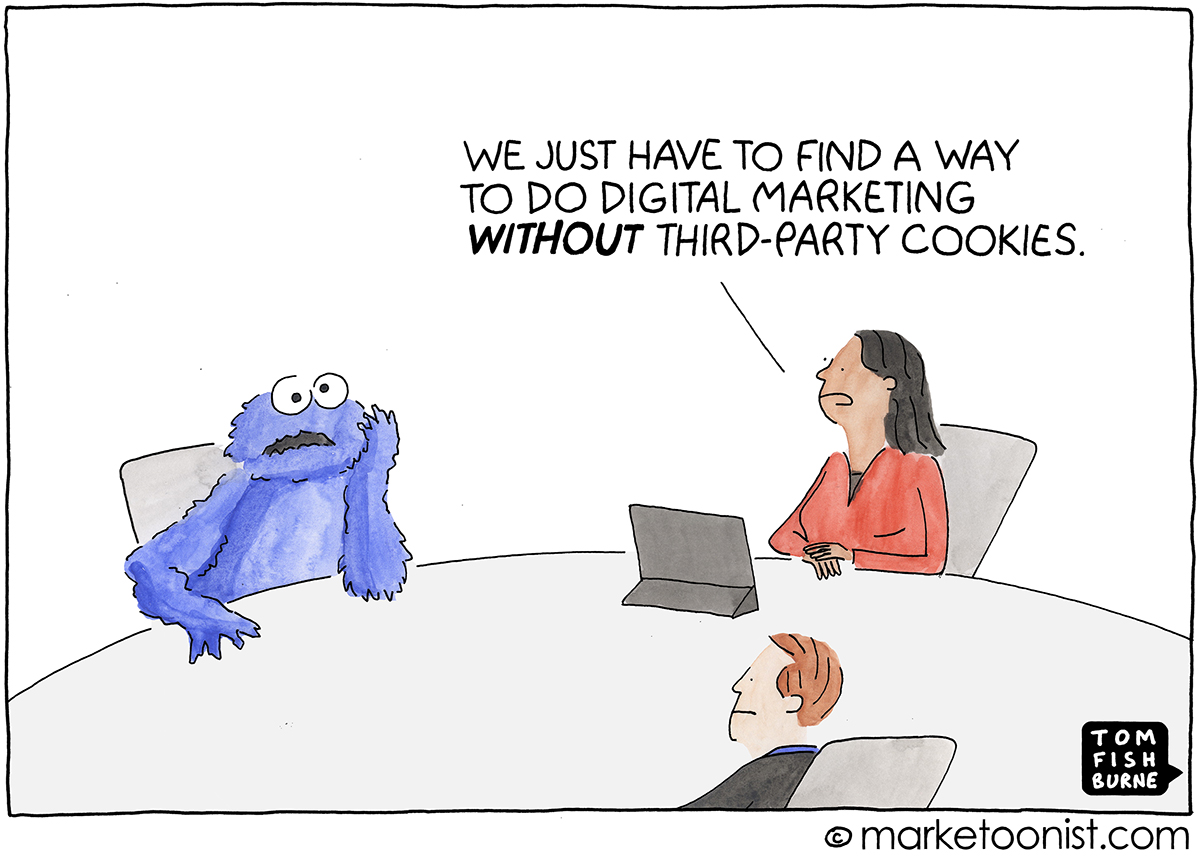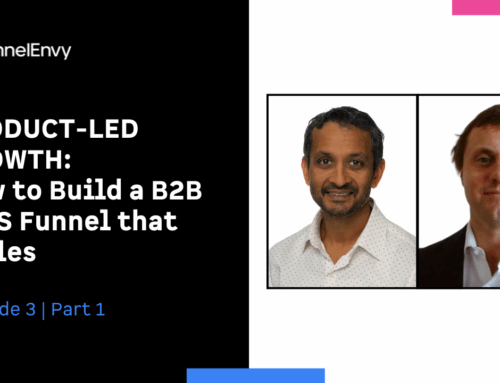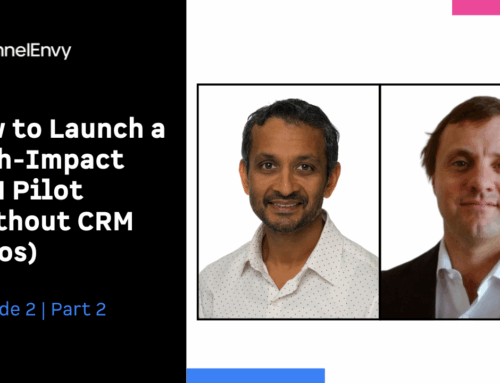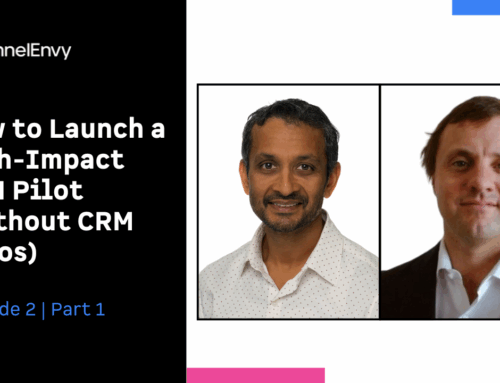If you haven’t yet heard, the cookie is on the outs — much to the cookie monster’s chagrin. The death nell was sounded by Google’s announcement of Privacy Sandbox, which is basically their plan to create a set of privacy standards.
This plan includes improving how cookies are classified, clearing up the details behind each person’s cookie settings, and plans to aggressively block fingerprinting. A fingerprint is created by stitching together a bunch of tiny signals about a person to create a full profile, and since people can’t access or delete their fingerprint, Google’s basically going to make it impossible to create them.
All of these intentions add up to one pretty plausible result — third-party cookies (the type used to make fingerprints, and fuel activities like retargeting) won’t be around much longer.
There’s another type of cookie though that’s not going anywhere — the first-party cookie, which allows marketers to collect first-party data. Focusing on shoring up your first-party data will not only prepare you for the death of the third-party cookie, but result in a stronger marketing strategy overall, regardless of the third-party cookie’s fate.
In this article, we’ll talk about the difference between the first and third-party cookie, why the first-party data is more valuable anyway, and how to use it to optimize your demand generation funnel.
First-party cookies vs. third-party cookies
Before we get into exactly how and why you should focus on first-party data, let’s straighten out the two types of cookies:
- A first-party cookie is created and stored by the website you’re visiting; the one in the address bar. If you’re a site owner, first-party cookies allow you to collect data like customer analytics, language settings, the user journey, and other information that can assist you in improving your customer experience on-site.
- A third-party cookie is created by sites other than the one you’re currently visiting. These other sites own some of the content, like ads or images, that you see on the site you’re currently visiting, and can therefore collect information about you while you’re there.
For example, say you’re shoe shopping with popular retailer DSW. When you visit DSW.com and shop for boots, you might not purchase right away. During that first visit, the homepage looks like this:
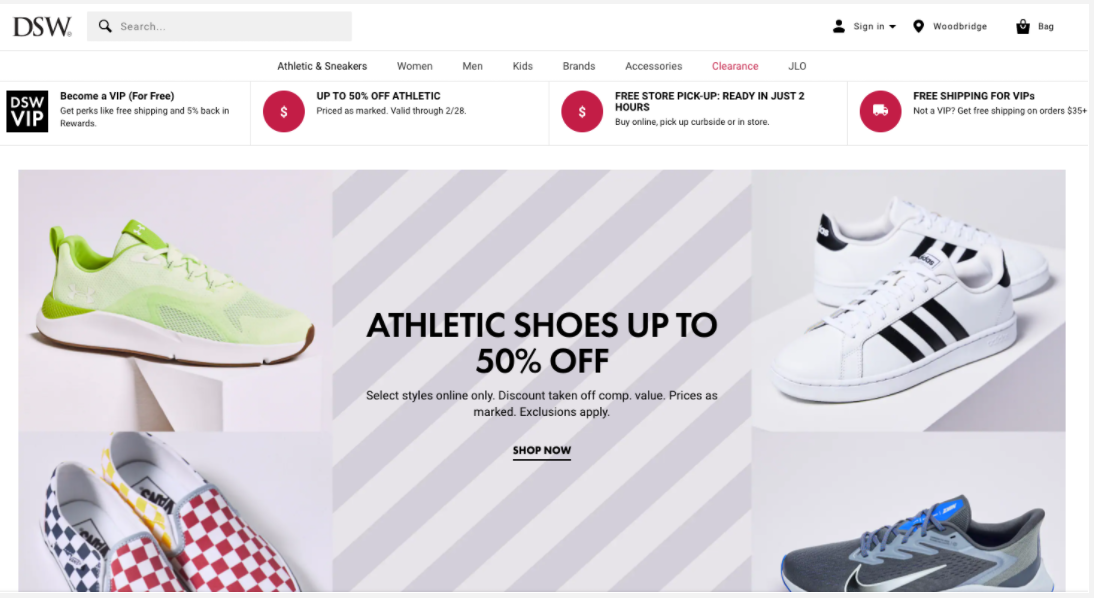
The next time you visit their site, there’s a new section of the homepage that displays the shoes you clicked on during your last visit. DSW dropped a first-party cookie on their site in order to remember that you were interested in buying boots. They then used this information to personalize your experience the next time you visited their site.
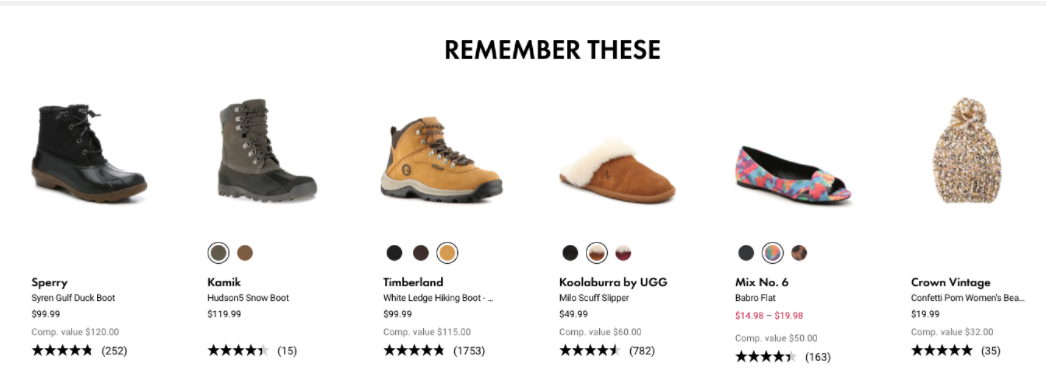
During this second visit, you made a purchase and provided your email. Two days later, DSW sends you an email about an upcoming boot sale. That’s first-party data. DSW used a combination of first-party cookies and personally identifiable information (PII), namely your email address, in order to personalize your experience.

Third-party cookies are most often used to retarget you on sites other than DSW.com. Perhaps after shopping for boots, you head over to nytimes.com to read up on the news. As you’re reading an article, you see a Google-owned banner ad advertising the shoes you just looked at:
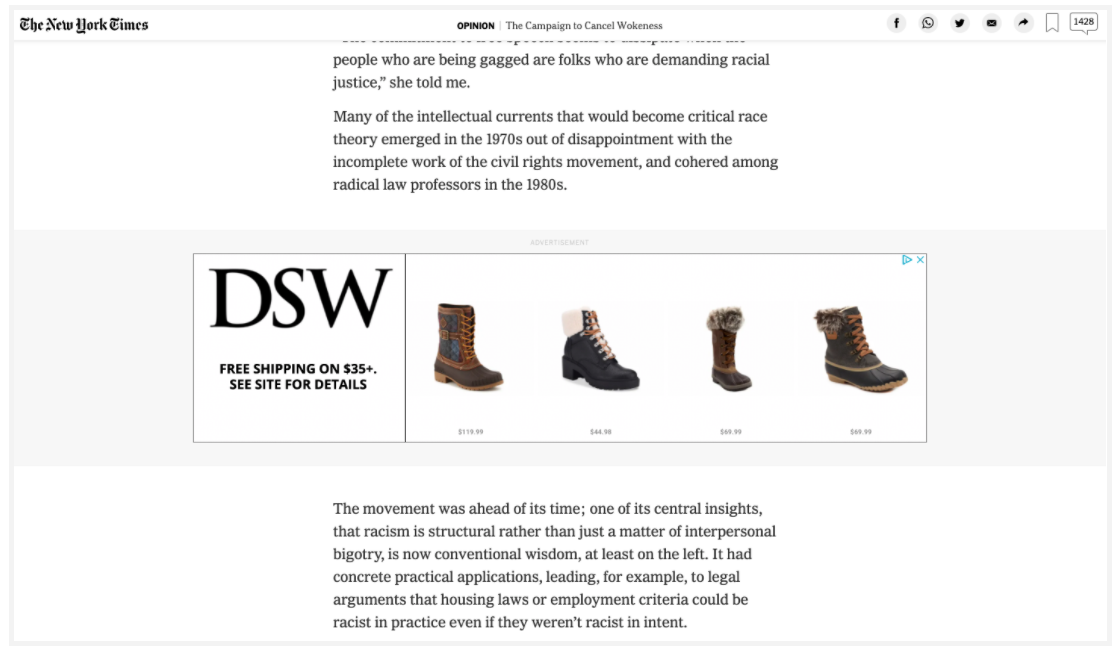
A lot of data exchange went on behind the scenes for you to see this ad. First, DSW partnered with Google and started using Google Ad Manager to serve ads around the web. The New York Times also partnered with Google to display ads on their site, in order to monetize their content.
Google then dropped a third-party cookie on DSW’s site to collect data on your visit, and DSW retargeted you on nytimes.com in the hopes of capturing your attention, and bringing you back to your site.
These are the types of cookies that Google is looking to guard against, and they’re the ones that are likely to die in the coming year.
Your first-party is data more valuable than third-party data anyway
The thought that third-party cookies are on the way out has caused a bit of a panic among marketers, mostly because they’ll have to come up with new ways to retarget site visitors.
But the thing is, focusing on first-party data is way more lucrative than scaling retargeting campaigns based on third-party data. First off, you collected that data directly from a person, and you know it’s accurate. Second, because you collected that data while that person was visiting your site, you know they’re actually interested.
Let’s go back to our shoe example — which interaction with a potential consumer would you find more valuable — the one on your owned website, or the display ad impression they probably didn’t see?
We bet your answer is the former.
First-party data is more valuable because it’s the best indicator of buyer stage, and therefore intent. Someone visiting your website has a much higher intent to interact with your brand than that of someone who saw a display ad.
For demand generation marketers, buyers go through many stages in their journey, so it’s really important that the data you’re collecting on those buyers captures their intent at each stage.
FunnelEnvy combines first-party data insights and offers personalization in order to align the offers on your website to the intent the buyer has at the time they’re visiting. This way, you move them down the funnel every time they visit, leading to better conversion rates and ultimately more revenue.
Here’s an example from Fitch Solutions. They guide their clients in making clear-sighted decisions through data, research and analytics on the capital markets and the macroeconomic environment.
Like many B2B technology companies, they thought of their homepage as a type of welcome center where they introduced themselves to people getting to know them for the first time:

But, also like many B2B technology companies, they saw a lot of returning traffic, which is often a result of having a longer buyer journey. A “welcome center” isn’t an optimal experience for someone you’ve already welcomed.
FunnelEnvy worked with Fitch Solutions to personalize their homepage experience for each visit, and for returning visitors, they surfaced a relevant offer in place of their welcome message:
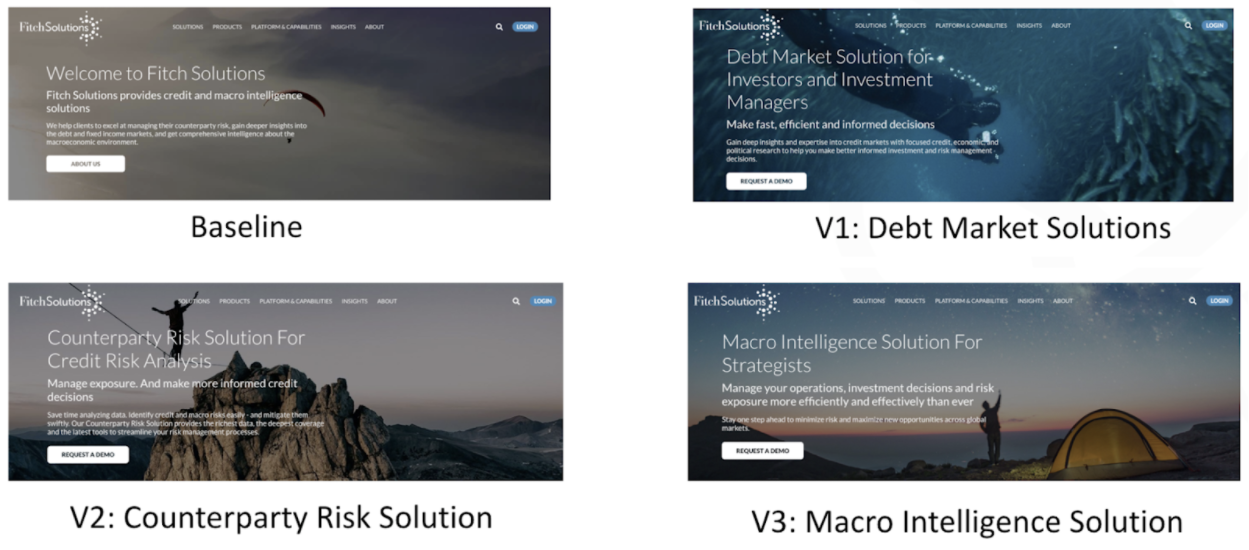
This change resulted in a 55% increase in conversion on site. By doubling down on optimizing their website using first-party data, Fitch Solutions made a huge impact on their funnel.
Optimizing the demand gen funnel with first-party data
So, how do you get from collecting first party data to activating it with a personalized experience on-site? The biggest challenge for the demand generation marketer facing the death of the third-party cookie is that first-party data is often siloed away in places like your customer resource management (CRM) software, marketing automation and in website analytics.
If you want to truly personalize an experience, you need to bring all of that data together for a holistic view of the consumer journey.
The effort is well worth it — in fact, 77% of B2B sales and marketing professionals believe that personalization builds better customer relationships.
But to get there, something needs to bring all of that siloed data together so that you can target accordingly by buyer stage. The FunnelEnvy Backstage platform brings together these data sources, website analytics and experience tools to create a unified customer profile.
If you have the data, you can get sophisticated with offer personalization. You can attribute different user experiences to revenue, target by buyer stage and scale revenue.
Here’s an example from TIBCO Jaspersoft. They had one static product page that contained multiple offers for different personas within the organization.
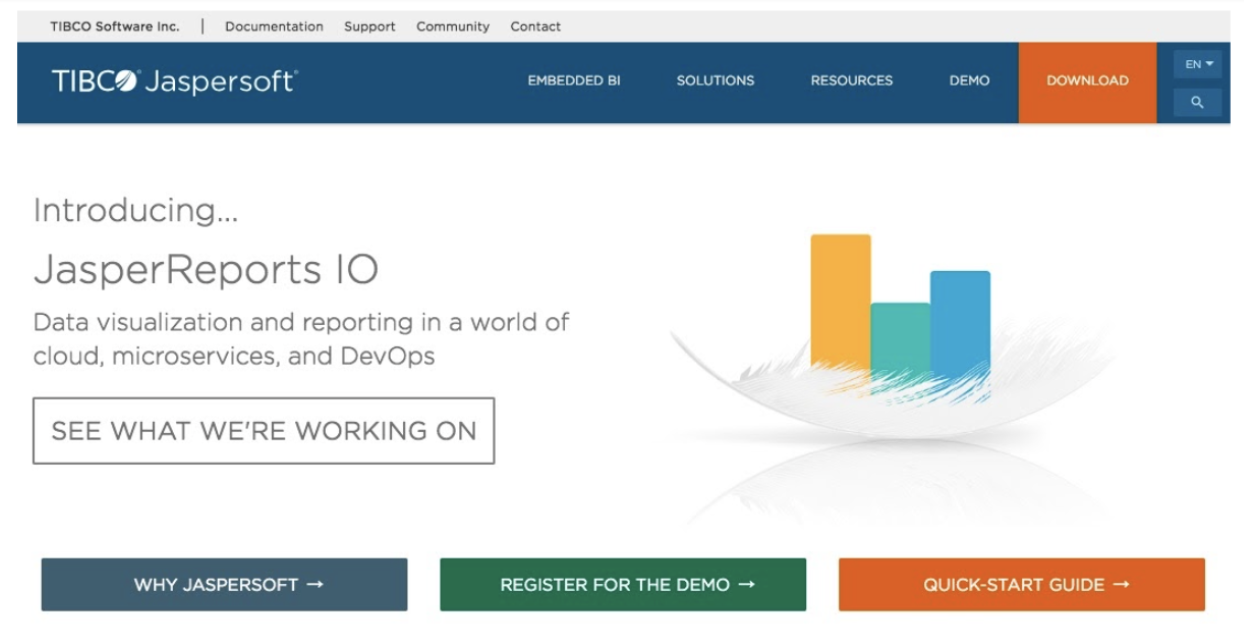
When they tried to squeeze multiple offers on a single page, offers competed for attention and blended in, which put the onus on the user to determine which was right for them.
We worked with them to target specific personas with a single offer, based on data they had stored in their marketing automation platform. Through testing variations that replaced the default experience with a single focused offer, we saw an almost 50% improvement in revenue per visitor.
Conclusion: the death of the cookie is nothing to lament
While the death of the third-party cookie will mean a shift in strategy, there is a huge silver lining — as it’s phased out, demand gen marketers can use the opportunity to shore up their first-party data strategies, which are likely to result in a much larger impact on their funnel.
We’ll see less focus on (admittedly crappy) ad buys and retargeting campaigns, and a larger focus on leveraging first-party data insights better at home.
If you’re stuck on where to start when it comes to shoring up your first-party data strategy, we can help. Apply now to get started.
